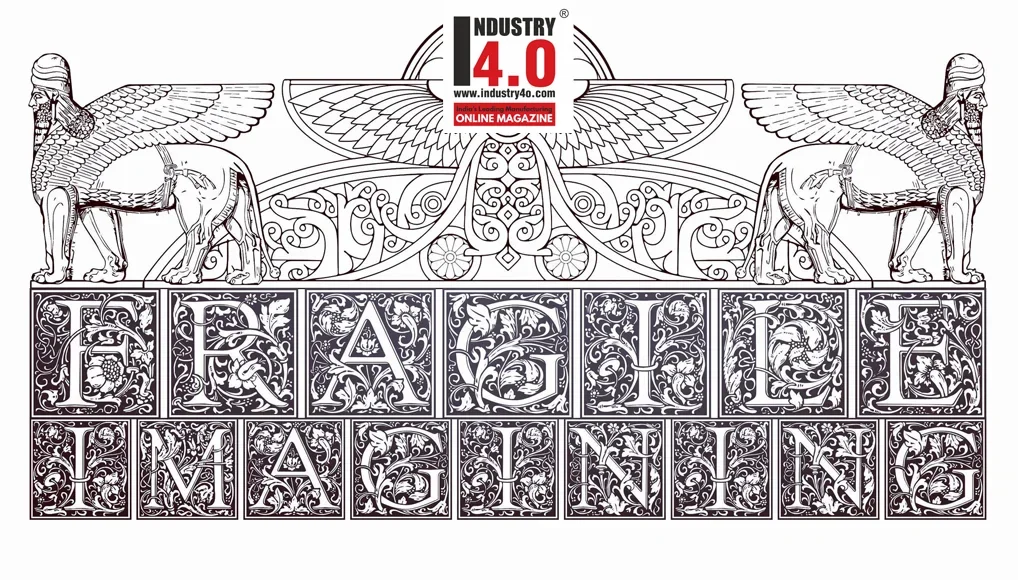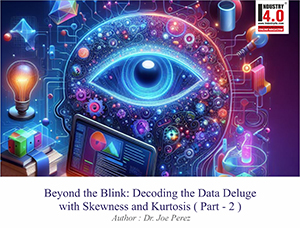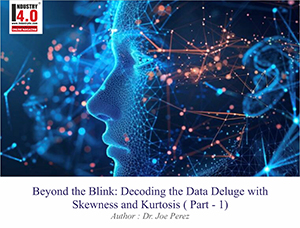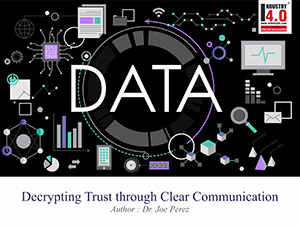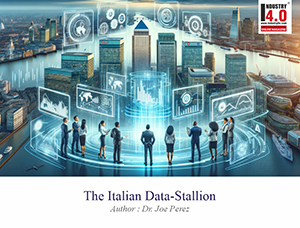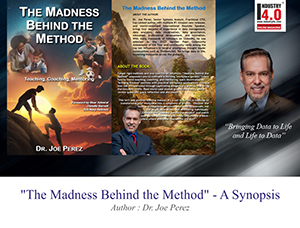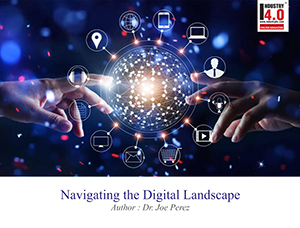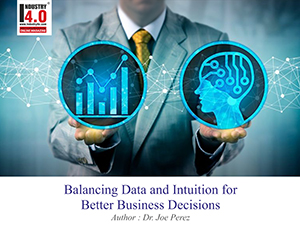Measuring Progress: Sumerian Time to Digital Design
Some 5000 years ago, the Sumerians living in ancient Mesopotamia, the rich, fertile lands that today comprise modern Iraq, gave to the world a revolution in its most basic measure: time. The sexagesimal number advancement, based on the number 60, was their most advanced; this was a superior numbering system. That innovative structure meant that an hour was broken down into 60 minutes and each minute subdivided into the fundamental second; the features that represent the very essence of the contemporary practice of keeping time.
Much of the motivation for such developments in time-keeping was the agricultural lifestyle in which the Sumerians lived: an accurate calendar was necessary to enable timely planting and harvesting of crops and sufficient organization of the varied religious rituals and administrative works.
The Sumerians advanced significantly beyond mere measured time, indeed never wanted instead to watch the movements of heavenly bodies. They accumulated quite a bit of data on celestial movements and could construct a calendar of 12 months that associated closely with the agricultural seasons.
Of course, to have reasoned out the structure of a day into 24 hours, an hour into 60 minutes, and a minute into 60 seconds is surely an incredible achievement. These divisions were devised for purposes of practicality and ease of use; that is, in short-sighted manner, in terms of the Sumerians’ knowledge of mathematics.
This technological system was important from that point on created by the Babylonians and the Greeks and eventually even landed in the Roman civilization. The Sumerians have thus left the imprint of their day-based central system on all clocks and calendars today, retelling the story of a great deal that this innovation did for countless lives.
The Sumerians are considered the first urban civilization (along with that of ancient Egypt and the Indus Valley), which lived south of Mesopotamia (today’s south-eastern Iraq), between the Tigris and Euphrates rivers. This region, often referred to as the cradle of civilization, was home to many firsts in human history, including the invention of writing, the wheel, and notably as we’ve seen, the concept of timekeeping.
The Sumerians’ division of time was not just a mathematical feat but also a practical tool that facilitated their daily lives and societal functions. Their 12-month lunar calendar was meticulously aligned with the agricultural seasons, ensuring that planting and harvesting were done at optimal times. This calendar was also crucial for scheduling religious festivals and administrative activities, which were integral to Sumerian society.
Their achievements were no less remarkable with regards to astronomy: The Sumerians watched the movements of celestial bodies and were able to see the seasons change as well as predict celestial phenomena and improve their calendar and timekeeping practices. This astronomical knowledge was passed down to later civilizations who further advanced the art of keeping time.
Significant, indeed, was Sumerian time keeping because its sexagesimal system formed the foundation of the modern method of measuring time. The measuring of a day in 24 hours, an hour by 60 minutes, and a minute by 60 seconds reflects both their highly developed mathematical understanding and their practical aspect of solving problems. This was a feature that other succeeding civilizations (including those of the Babylonians, the Greeks, and later, the Romans) adopted, built upon, and made into one of the cornerstones of timekeeping in this modern world.
This is also how Sumerian timekeeping illustrates the act of transformation ancient innovations can achieve in human civilization: Apt measurement and proper record keeping provided a basis for complex later societies, which indeed shows the long-lasting effects of ancient creativity.

From time to time, the Sumerians would change their timekeeping to accommodate their innovative methods; today, new data visualization tools are changing the way we think about strategic decision-making. Both of these advances consolidate understanding and orderliness in difficult systems. They were thereby enabled to bring all their activities up to two times in their year of harvests, religious rituals, and other government undertakings for greater synchronization and still higher efficiency and productivity.
In much the same way, data visualization processes for navigating the complexities created by a data-rich environment toward clear and actionable insights. This modern innovation parallels the Sumerians’ systematic approach, particularly in three key areas that enhance organizational efficiency. Furthermore, these visualization capabilities lay the groundwork for effective team communication, much as the Sumerian calendar system facilitated societal coordination.
Meaningful Goal Clarification: Understanding your end goal is a must when it comes to making complicated decisions. Data visualization helps map key performance indicators and objectives in a format that is visually accessible. This includes things like progress dashboards or goal-oriented graphs that make it immediately evident whether or not you’re headed in the right direction. Noticing how different data points are relating to your strategic goals can help you prioritize actions that will make the highest impact. For example, a dashboard showing sales performance against targets could show places needing attention faster so they might take corrective action more quickly.
Recognizing Patterns: Data visualization opens up the doors to reveal well-guarded patterns that may otherwise remain hidden from the eyes of a data analyst. For example, a line graph can show trends over time while a heat map can signify areas that have high activity or areas that are of concern. Therefore, being able to recognize these patterns further enables strategic decision-making in anticipation of possible scenarios and making necessary preparations. For instance, trend analysis of customer behavior can give insight into when inventory needs to be increased and decreased with seasonal peaks and troughs, as well as marketing efforts.
Enhancing Communication: This is one of the features data visualization adds to communications of team members. Very many people, regardless of their expertise, can grasp some of the complex data from a well-designed chart or graph easily. This common visual language enables teams to collaborate more effectively, discuss strategic options with a clear understanding of the data, and reach consensus more quickly. For example, a pie chart showing the distribution of project resources can help team members understand resource allocation and identify areas for improvement.
Effective Data Analytics Team Communication
Just as the Sumerians’ timekeeping innovations facilitated better societal coordination and communication, modern data analytics teams require sophisticated communication strategies to maximize their effectiveness. The visualization tools we’ve discussed serve as a bridge to understanding, but emotional intelligence plays an equally crucial role in translating that understanding into collaborative success. How is this accomplished?
Encouraging an Open Environment
First, create a theme so that team members can freely express themselves about their ideas, concerns, and emotions. An example of this could be regular team meetings or just casual ones with open discussions. Such behavior will make people feel heard and valuable, trust-building, and less tension-causing. Some examples would use facilitation techniques like round-robin discussions or anonymous feedback tools to ensure all voices are included, even those who might be hesitant to speak up.
Cultivating Effective Listening
According to this definition, talking does not encapsulate communication but includes listening. People must be encouraged to practice active listening to share messages with others by really focusing on the speaker and channeling their points while asking for clarifications when need be. The resulting outcome is aversion to incorrect assumptions of intended messages and a means to communicate regarding the worth of everyone involved. You may even set up workshops or training sessions about effective listening and empathy towards raising emotional intelligence across the entire team.
Building a Culture of Feedback
Create a culture in which feedback becomes commonplace and invited. Constructive feedback should be constructive, respectful, and behavior or process-focused rather than personality-focused. Communication like this will help make team members cognizant of how their behavior affects others and inspire them to think more about how they act. You build a feedback-rich environment; the team will be more self-aware and better able to respond.
Fostering Empathy Through Collaboration
Finally, design collaborative activities or cross-functional projects where team members must rely on one another’s expertise. This not only improves technical skills but also builds empathy, as members learn to appreciate the unique challenges and contributions of their peers. When team members recognize the value each person brings, it naturally fosters a more supportive and emotionally intelligent atmosphere.
Conclusion: Elevating Team Dynamics Through Better Communication
To summarize, improving communication within your data analytics team is a strategic approach to enhancing emotional intelligence, much like how the Sumerians’ systematic approach to timekeeping enhanced societal coordination. Fostering an open environment, cultivating effective listening, building a feedback culture, and encouraging empathy through collaboration will enable you to transform how your team interacts, ultimately leading to more cohesive and productive outcomes.
In conclusion, just as the Sumerians revolutionized timekeeping with their innovative approach, modern data visualization tools are transforming the way we make strategic decisions. For one thing, clarity about objectives; awareness about kinds of patterns; increased communication–these, among others, are what data visualization brings into the present dilemma of every person in a highly compressed data environment. Use these implements to create informed decisions, increased efficiency, and better results for your organization. In fact, the memory of Sumer can remind us that innovation in what we measure and how we make sense of it can have a really profound and lasting effect on our way of living.
And who knows? Maybe 5,000 years from now, future civilizations will look back at our data visualization tools with the same reverence we hold for the Sumerians’ 60-minute hour – though hopefully they will have figured out a way to make their Monday morning meetings feel shorter than an eternity!
“Bringing Data to Life and Life to Data”

Dr. Joe Perez,
Team Lead / Senior Systems Specialist,
NC Department of Health and Human Services
Dr. Joe Perez ( Dr.Joe ) is also the Chief Technology Officer – CogniMind
To book Dr. Joe Perez for your speaking engagement please click here
Dr. Joe Perez was selected as the 2023 Gartner Peer Community Ambassador of the Year.
Dr. Joe Perez is a truly exceptional professional who has left an indelible mark on the IT, health and human services, and higher education sectors. His journey began in the field of education, where he laid the foundation for his career. With advanced degrees in education and a doctorate that included a double minor in computers and theology, Joe embarked on a path that ultimately led him to the dynamic world of data-driven Information Technology.
In the early 1990s, he transitioned into IT, starting as a Computer Consultant at NC State University. Over the years, his dedication and expertise led to a series of well-deserved promotions, culminating in his role as Business Intelligence Specialist that capped his 25 successful years at NC State. Not one to rest on his laurels, Dr. Perez embarked on a new challenge in the fall of 2017, when he was recruited to take on the role of Senior Business Analyst at the NC Department of Health & Human Services (DHHS). His impressive journey continued with promotions to Senior Systems Analyst and Team Leader, showcasing his versatility and leadership capabilities.
In addition to his full-time responsibilities at DHHS, Joe assumed the role of fractional Chief Technology Officer at a North Carolina corporation in October 2020. A top-ranked published author with over 18,000 followers on LinkedIn and numerous professional certifications, he is a highly sought-after international keynote speaker, a recognized expert in data analytics and visualization, and a specialist in efficiency and process improvement.
Dr. Perez’s contributions have not gone unnoticed. He is a recipient of the IOT Industry Insights 2021 Thought Leader of the Year award and has been acknowledged as a LinkedIn Top Voice in multiple topics. He holds memberships in prestigious Thought Leader communities at Gartner, Coruzant Technologies, DataManagementU, Engatica, the Global AI Hub, and Thinkers360 (where he achieved overall Top 20 Thought Leader 2023 ranking in both Analytics and Big Data). His reach extends to more than twenty countries worldwide, where he impacts thousands through his speaking engagements.
Beyond his professional achievements, Joe’s passion for teaching remains undiminished. Whether as a speaker, workshop facilitator, podcast guest, conference emcee, or team leader, he continually inspires individuals to strive for excellence. He treasures his time with his family and is a gifted musician, singer, pianist, and composer. Joe also dedicates his skills as a speaker, interpreter, and music director to his church’s Hispanic ministry. He manages the publication of a widely recognized monthly military newsletter, The Patriot News, and is deeply committed to his community.
To maintain a balanced life, Perez is a regular at the gym, and he finds relaxation in watching Star Trek reruns. He lives by the philosophy that innovation is the key to progress, and he approaches each day with boundless energy and an unwavering commitment to excellence. His journey is a testament to the remarkable achievements of a truly exceptional individual.
Dr. Joe Perez is Accorded with the following Honors & Awards :
https://www.linkedin.com/in/jw
Dr. Joe Perez is Bestowed with the following Licences,Certifications & Badge:
https://www.linkedin.com/in/jw
https://www.thinkers360.com/tl
Dr.Joe Perez is Voluentering in the following International Industry Associations & Institutions :
https://www.linkedin.com/in/jw
Dr.Joe Perez can be contacted at :
E-mail | LinkedIn | Web | Sessionize | FaceBook | Twitter | YouTube
Also read Dr.Joe Perez‘s earlier articles:

